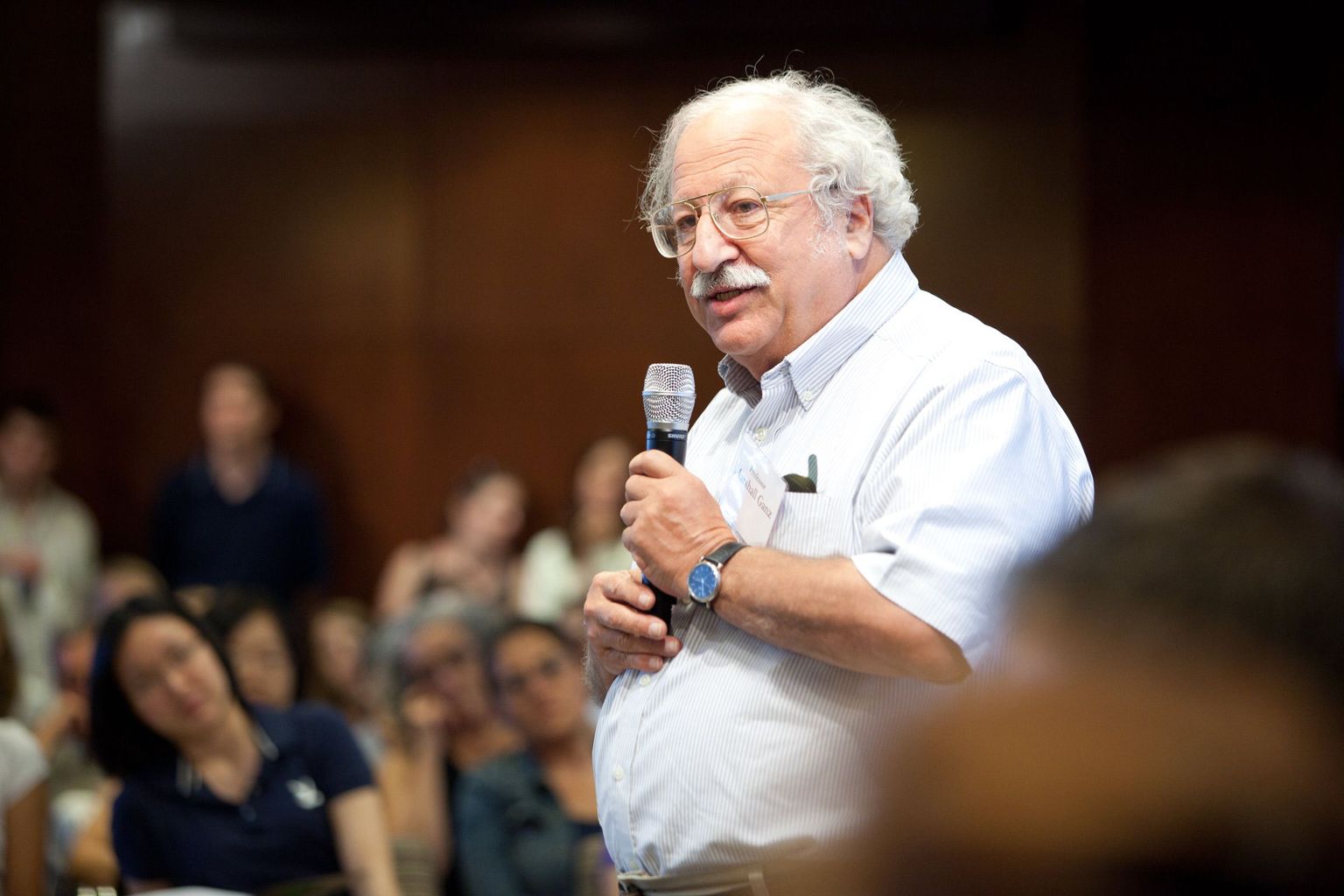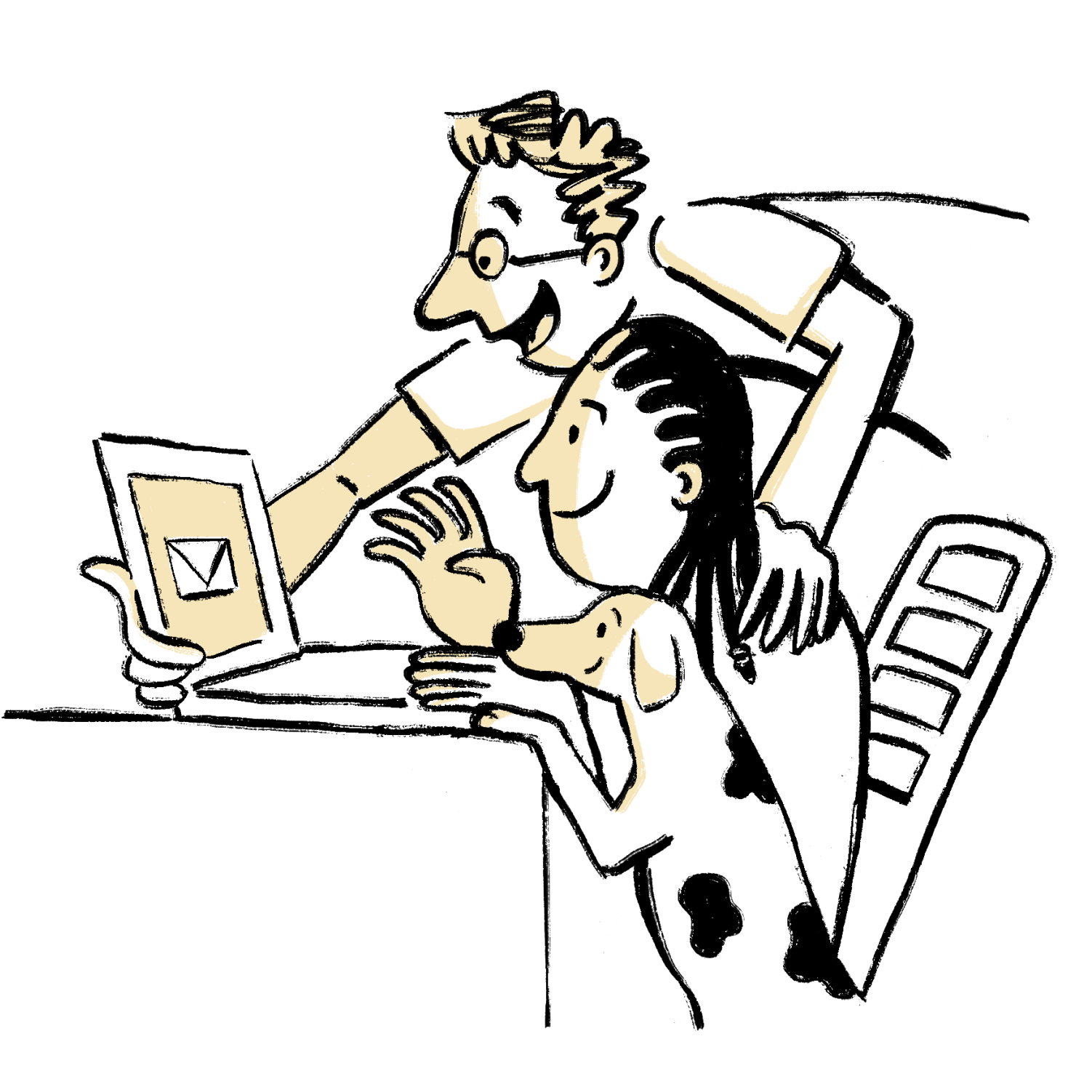It’s not the place you’d expect to find an exemplar of public narrative theory. But there it was, on the wall of my local gym, between the lockers and the protein bar vending machine. Among the laminated pages spruiking the qualifications of each of the personal trainers, Julia’s pitch stood head and shoulders above the competition.
“For as long as I can remember I had always been self-conscious and unhappy with my health, fitness and nutrition habits,” she began. “I was always subject to yo-yo dieting and never could seem to achieve long-lasting results. On a random day in 2018, I said to myself: ‘This time there is no plan B, I’m going to achieve my fitness goals and I will not fail’.
“Fast forward to today and I can proudly say that I am a five-time bodybuilding gold medalist. With all that I have achieved in the past few years, my aim is to help people recognise their own potential and excel in achieving their own goals.”
In terms of plot, Julia’s story was admittedly a little thin. But what it lacked in granularity it more than made up for in form. By telling the story of her personal journey from inertia to action, Julia conveyed the three key elements of public narrative structure as espoused by celebrated Harvard academic Marshall Ganz:
Challenge. Choice. Outcome.
“A plot begins with an unexpected challenge that confronts a character with an urgent need to pay attention, to make a choice, a choice for which s/he is unprepared,” Ganz writes in the notes accompanying the public narrative course he runs every year at Harvard’s Kennedy School of Government.
“The choice yields an outcome—and the outcome teaches a moral. Because we can empathetically identify with the character, we can ‘feel’ the moral. We not only hear ‘about’ someone’s courage; we can also be inspired by it.
“The story of the character and their effort to make choices encourages listeners to think about their own values, and challenges, and inspires them with new ways of thinking about how to make choices in their own lives.”
Of course, I have no way of knowing if Ganz’s structure helped Julia score more leads than her fellow PTs. But I’m inclined to think it would have, if only because Ganz’s structure is credited with helping Barack Obama win the 2008 presidential election. Which is to say, the man knows what he is talking about.
For that reason, I’d recommend thinking about your story the next time you’re trying to bring an audience along with you. Whether you’re aiming to mobilise the community in a public campaign or just rouse team members in a strategy meeting, framing the task at hand through the prism of the personal—with a challenge, a choice and an outcome—can yield fantastic results. It requires courage and vulnerability, and you have to be authentic (people have an uncanny ability to detect when bullshit is being used to manipulate them). But as a device to create an emotional connection and inspire action, there are few tools more powerful.

